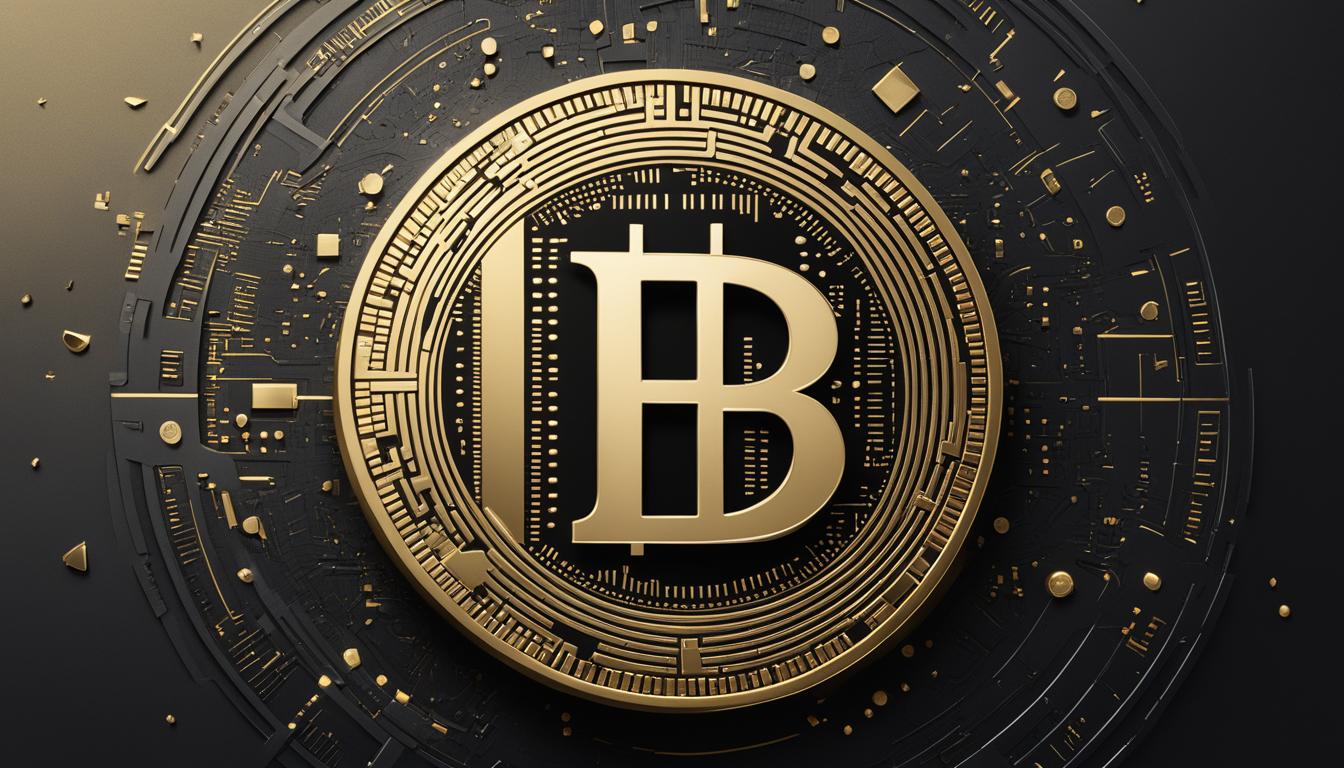Bitcoin is a decentralized digital currency that lets people send money online without a bank or central authority. Created in 2009 by the anonymous Satoshi Nakamoto, it runs on a blockchain — a public ledger that records all transactions securely and transparently.
Bitcoin is earned through a process called mining, where powerful computers solve puzzles to validate transactions. Miners are rewarded in bitcoin for their work. Though it’s known for price swings, Bitcoin remains the most widely used cryptocurrency and is often seen as a digital alternative to gold or cash. You can buy it on crypto exchanges and use it for payments, investing, or transferring value globally.

